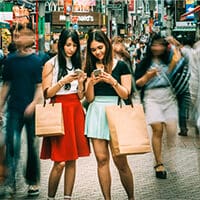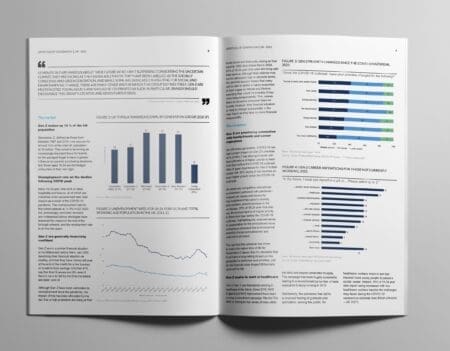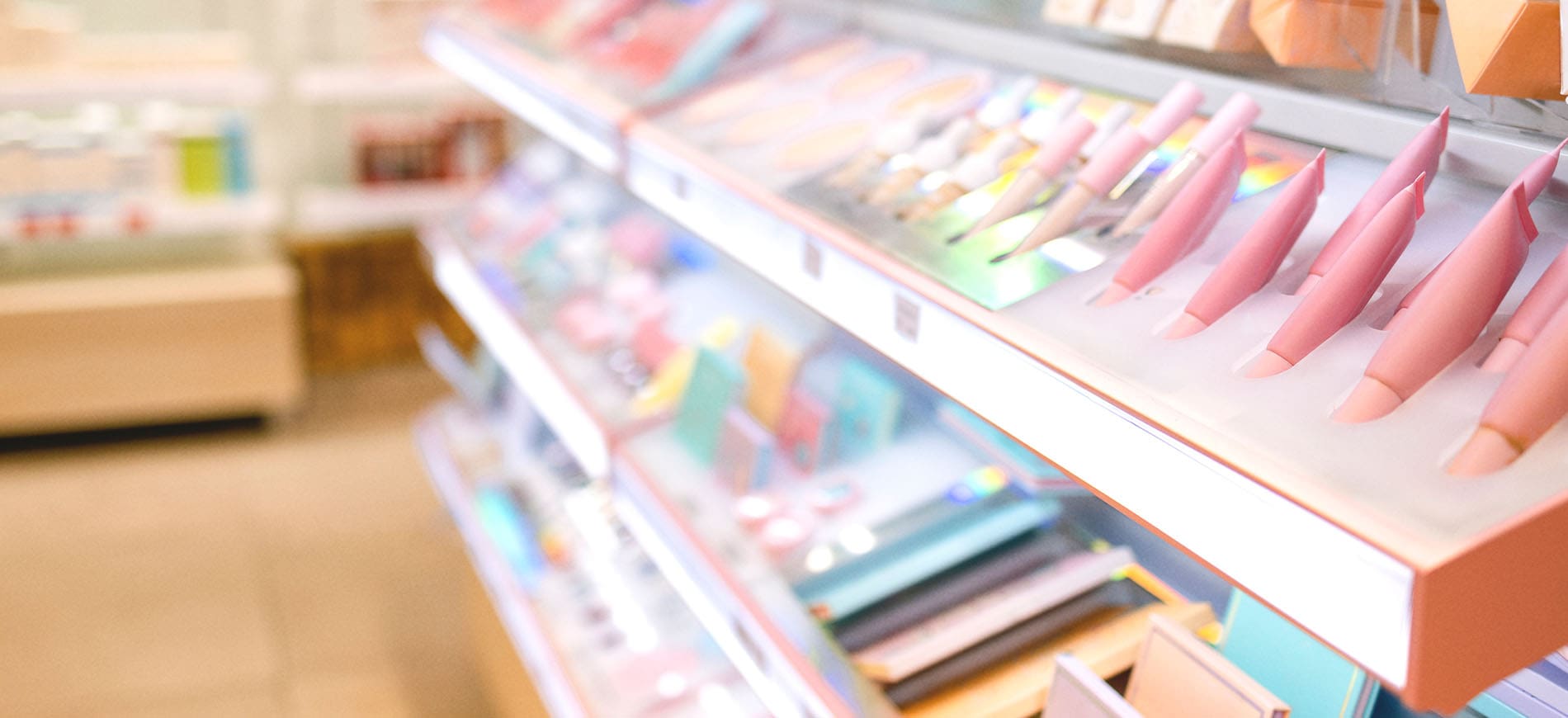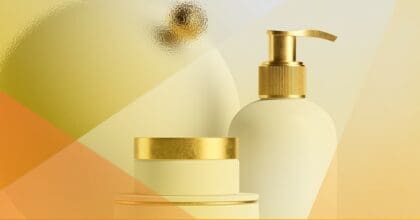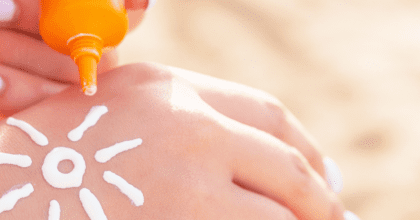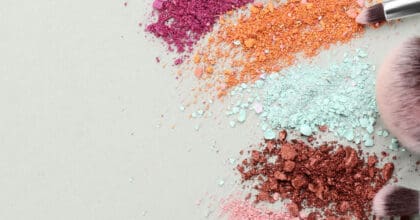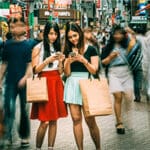-
Articles + –
Beauty in the eye of the consumer: Asian beauty and personal care market review
This month’s Market Review looks at beauty and personal care in Asia.
Source: Mintel Market Sizes
The marketing interest in Asia usually focuses on the dynamism of the emerging markets: quite rightly, these economies have over 3 billion budding consumers. However, they are also informative to study because of the great diversity in wealth and consumer market development. Beauty and personal care (BPC) is one of the most illustrative areas with the sector ranging from the basics for everyday needs, to the most luxurious and exclusive products.
From soap to skincare
Mintel Market Sizes covers some 13 retail personal care and beauty products and this analysis involves the shares of expenditure devoted to each across eight countries. The product categories vary from the more basic toiletries, such as soap and shampoo, to the more discretionary facial skincare and fragrances. This allows us to test the logical hypothesis that the greater the standard of living, the more of the share devoted to more prestigious categories. As the charts show, to a large extent the hypothesis holds. Soap, bath and shower products account for over a fifth of Indians’ expenditure, but only around a twentieth for the wealthy Japanese and South Koreans. At the other end of the scale, facial skincare takes around 40-50% of all beauty and personal care spend in Japan and South Korea, but only just over 10% in India. The inference: as incomes rise, so the facial skincare sales will stand to gain most.
Exceptions provide opportunities
Of course, when talking about a market worth some US$ 86 billion, there are going to be some anomalies. To start with, it is the Japanese who have the highest standard of living, but it is the South Koreans which devote the most to facial skincare and least to bath, soap and shower products. South Korea could be regarded in much the same way as France in Europe, taking a leading role in the beauty sector with many product innovations and where tourists come to buy products not available in their own country. Indeed, this is the reason why Mintel has expanded its Global New Products Database to cover the prestige sector in the country.
Vietnam smiles
Such exceptions are not only interesting to explore, but can also give some clues to possible gaps in the market. An example is oral hygiene having a high priority among the Vietnamese: despite the disparity in incomes, on average the Vietnamese spend more per capita than the Chinese on dental products. An important factor has been the large campaigns among leading suppliers in schools and companies to encourage regular cleaning and frequent replacement of toothbrushes. Imagine the potential of raising the Indonesian or Chinese current share of BPC spend from 18% and 13% respectively, to the 30% of the Vietnamese.
Body beautiful in Indonesia
Skincare generally has an affluent consumer base in most countries. In Indonesia for facial care this is very much the case. Those supplying the retail market are aiming at mainly urban, middle classes who often prefer to visit a salon or practitioner for their needs. However, body care has a different market positioning and user profile. Products are much cheaper than face or sun care and, therefore, are accessible to a much larger part of the population. So much so that many regard body care as essential in a tropical climate: it accounts for almost one in every six Rupiah spent on beauty and personal care.
This blog references APAC beauty and personal care market sizes reports, latest versions are available to purchase at our store.
-
Mintel StoreGet smart fast with our exclusive market research reports, delivering the latest data, innovation, trends and strategic recommendations....View reports
-
Mintel LeapMintel Leap is a revolutionary new AI-powered platform that will transform your research process....Book a demo


